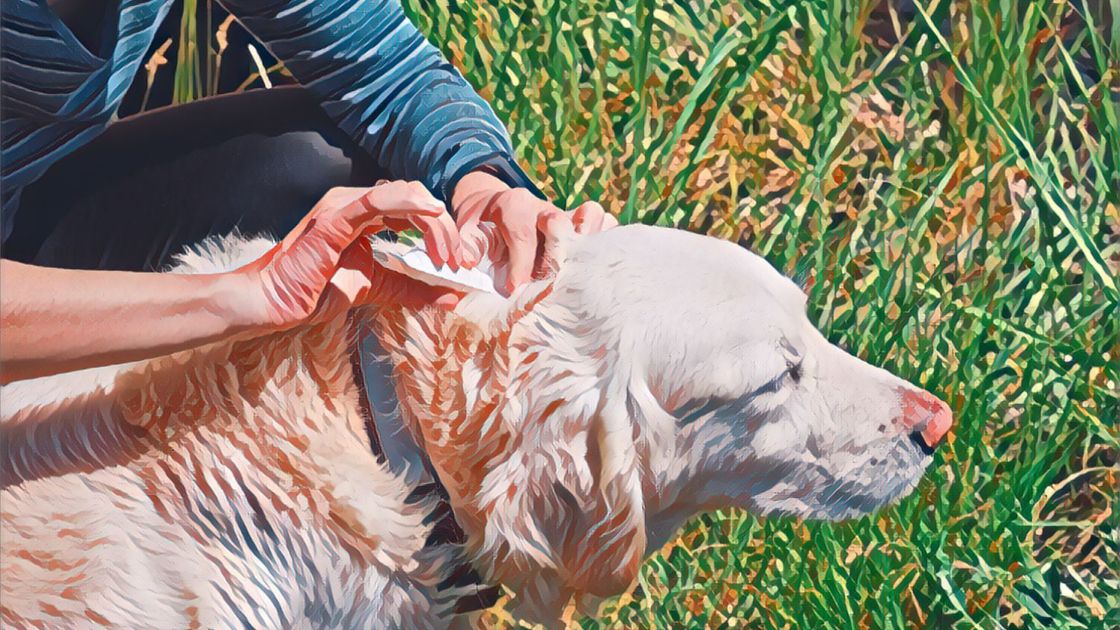Lyme disease is transmitted by tick bites, which carry either the bacteria Borrelia burgdorferi in North America or other Borrelia species in Europe.
General symptoms of Lyme disease include a bulls-eye rash, fever, headache, pain, and general malaise. The majority of people recover after a few weeks, but some people have symptoms (neurological, cardiovascular, fatigue, arthritis) that can last for months or even years.
Whether you are one of the ones who recover quickly or have chronic symptoms including joint pain or arthritis may be due to genetic variants that you carry.
Immune Response Against Borrelia:
The innate immune system reacts quickly to pathogens, giving us the initial inflammatory response to fight off bacterial invaders. One part of the innate immune system is the toll-like receptor (TLR) family, which helps the body to recognize specific bacteria, like Borrelia.
The simplified picture is that the innate immune system recognizes the Borrelia bacteria, raises an alarm bringing in inflammatory molecules to destroy it. It is the front line of the body’s army, quick to rise and fight a short battle.
The different genetic variations in our innate immune system contribute to our individuality. It makes sense for a population to carry different variants – some may be better at fighting off leprosy; others good at surviving cholera. While variation is good on the whole, for an individual, though, it can end up causing increased susceptibility to a pathogen like Borrelia.
Lyme Disease Genotype Report:
Members: Log in to see your data below.
Not a member? Join here.
Why is this section is now only for members? Here’s why…
Lifehacks:
Antibiotics are, of course, the first line of defense against Borrelia. Your doctor can give you more information on effective antibiotics.
Other factors affecting Lyme:
A study found that age is a factor in susceptibility to Lyme with elderly people likely to have a less vigorous immune response to the pathogen. The study also found that BMI, gender, vitamin D levels, and previous exposure to Borrelia had no effect on Lyme susceptibility.[ref]
Herbal remedy recommendations for chronic Lyme symptoms persisting after antibiotic treatment:
Stevia, an herbal sweetener, has been shown in lab studies to kill Borrelia, similar in effectiveness to antibiotics.[ref] I question whether this holds true in people rather than just in Petri dishes… On the other hand, stevia is likely a safe choice with few side effects, and thus may be worth a try.
Andrographis paniculata is an Asian herb used in traditional medicine for respiratory infections and other ailments. For chronic Lyme disease, it is recommended as an herbal remedy (combined with other herbs). While I didn’t find any studies on its effectiveness against Borrelia, there are quite a few studies on it for other diseases. Studies have found it to be somewhat effective in the treatment of ulcerative colitis, changing TH1/TH17 immune response, decreasing fatigue from MS, and as an antibiotic.[ref][ref][ref][ref]
Related Articles and Topics:
Top 10 Genes to Check in Your Genetic Raw Data
Wondering what is actually important in your genetic data? These 10 genes have important variants with a big impact on health. Check your genes (free article).
HLA-B27: Genetic Variant That Increases Susceptibility to Autoimmune Diseases
Our immune system does an awesome job (most of the time) of fighting off pathogenic bacteria and viruses. But to fight off these pathogens, the body needs to know that they are the bad guys. This is where the HLA system comes in.
Post Treatment Lyme Disease Syndrome
Lyme disease affects 300,000 people a year in the US, mostly in the Northeast and upper Midwest but found in almost all states. It is also a disease that is controversial, causing heated online arguments, misunderstood patients, and sometimes wacky cures.

